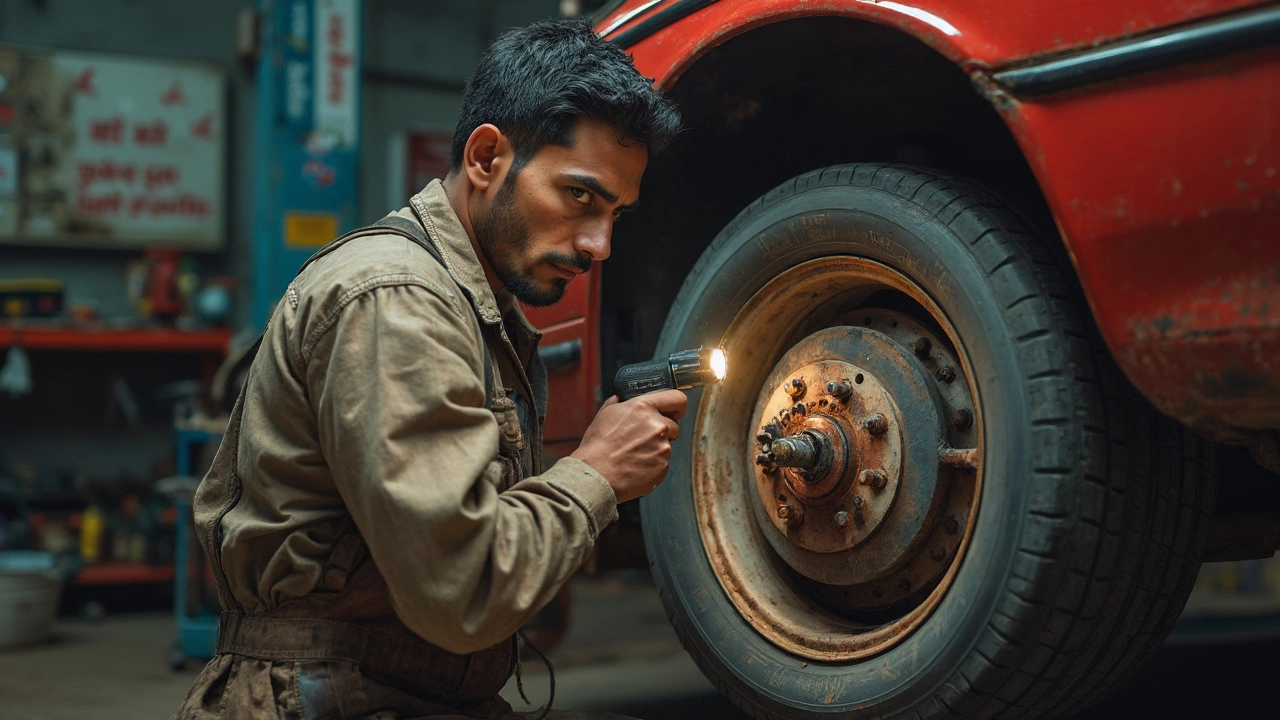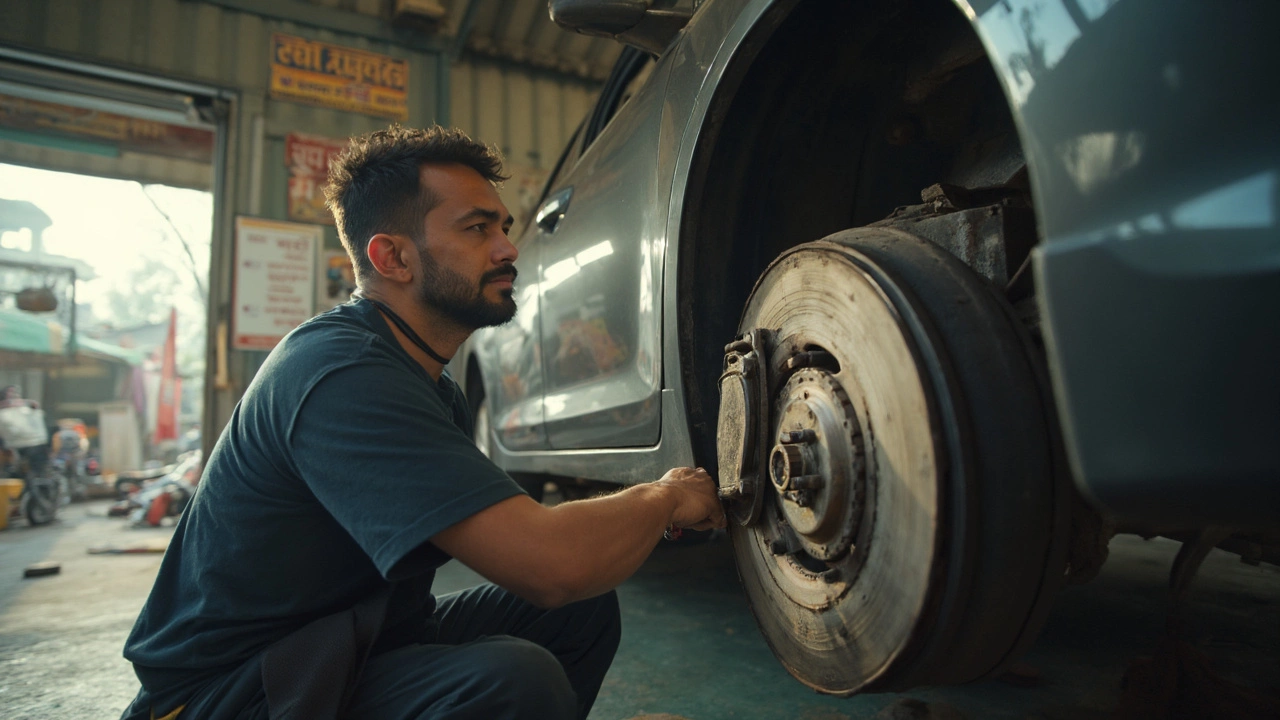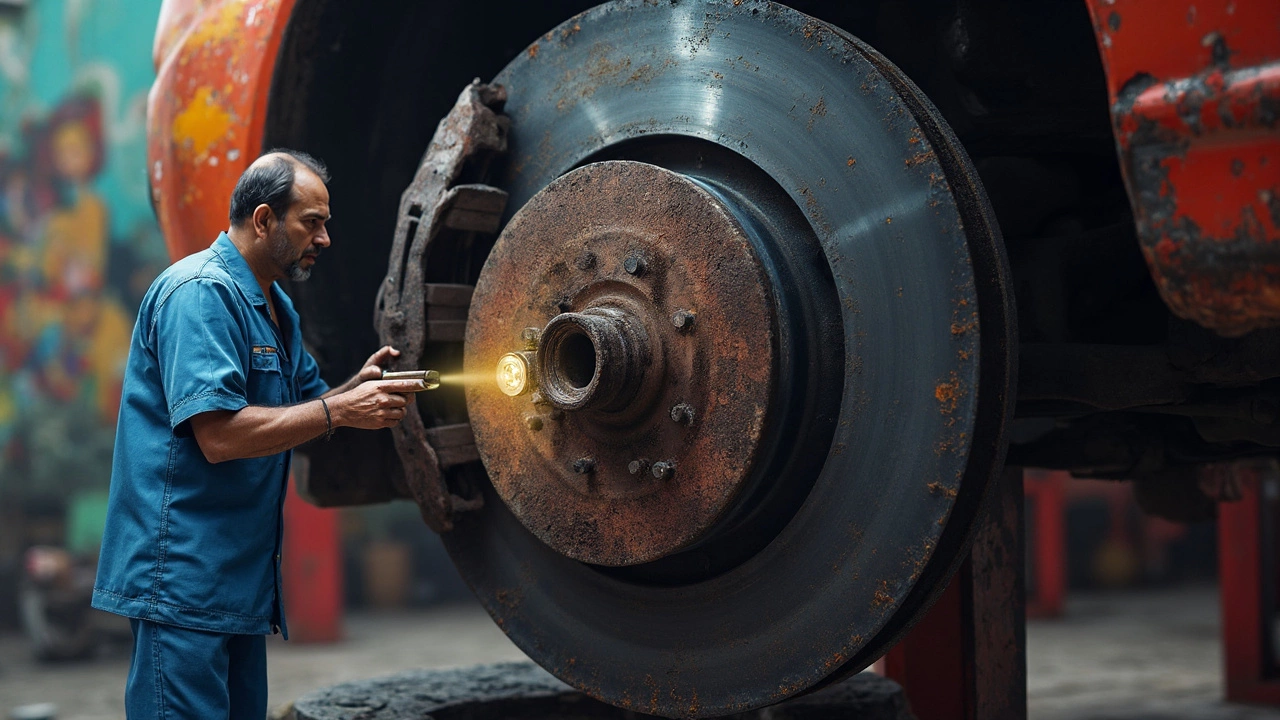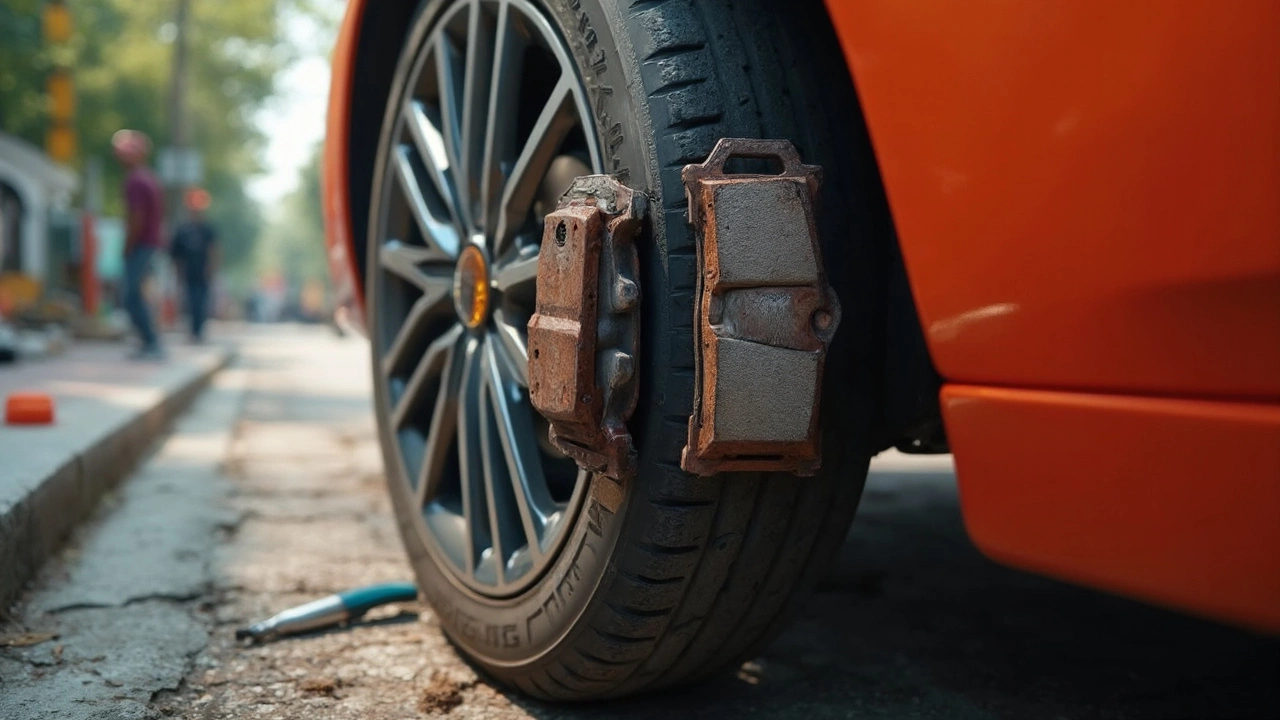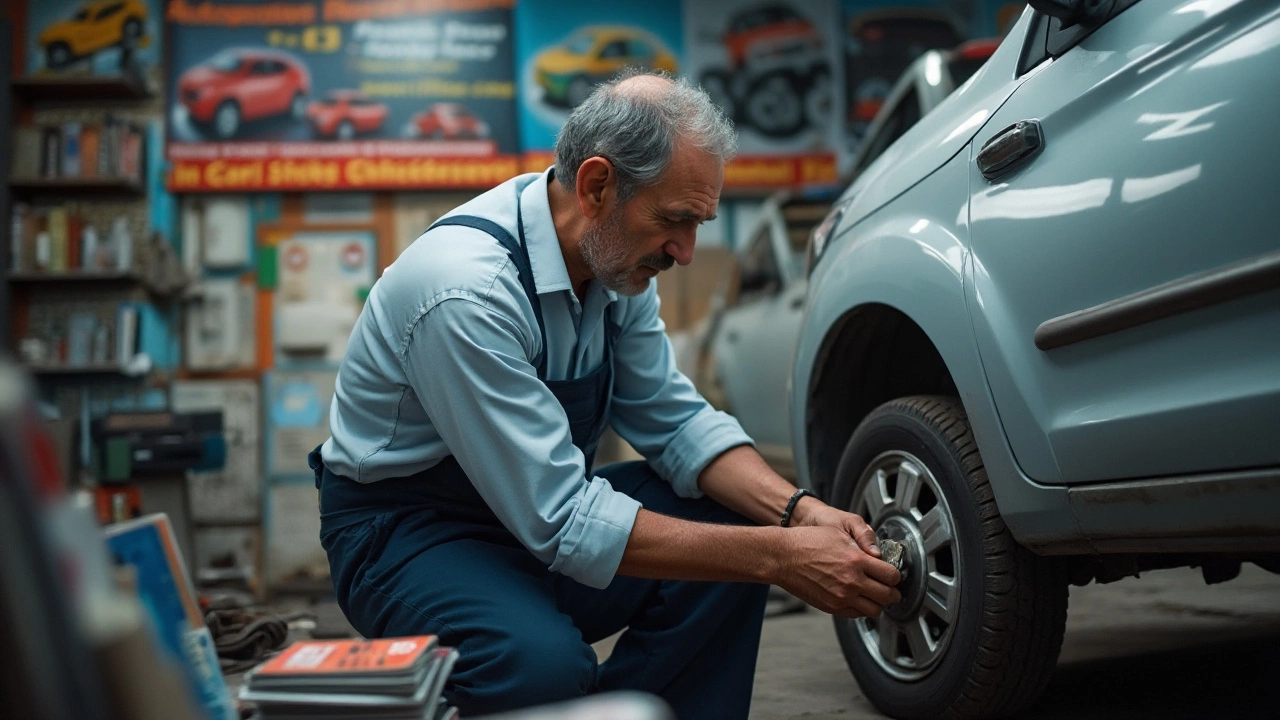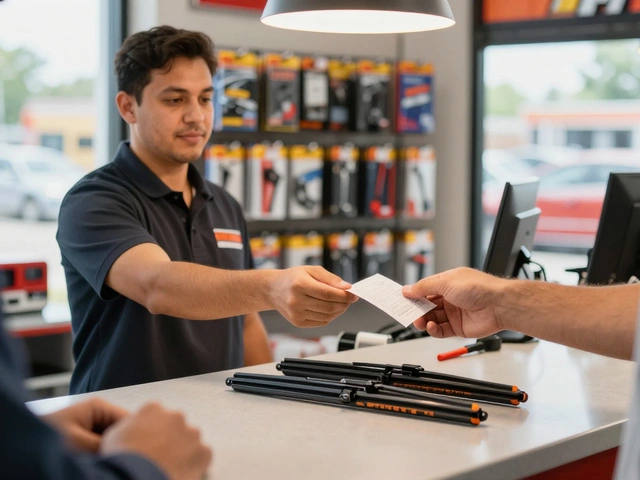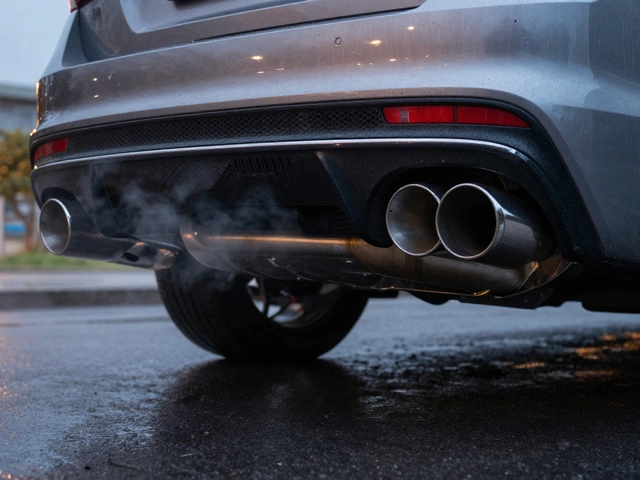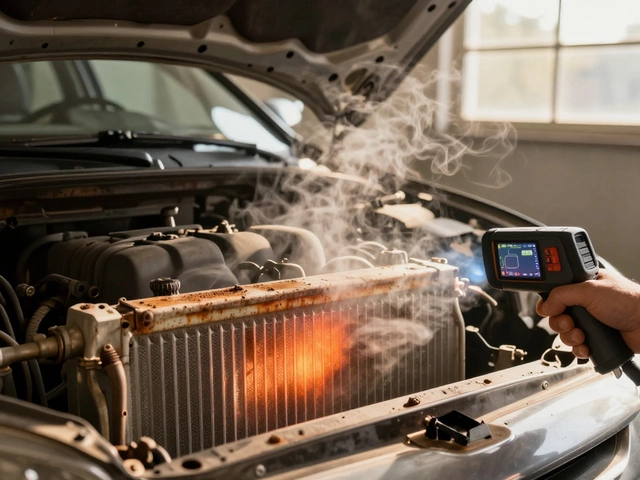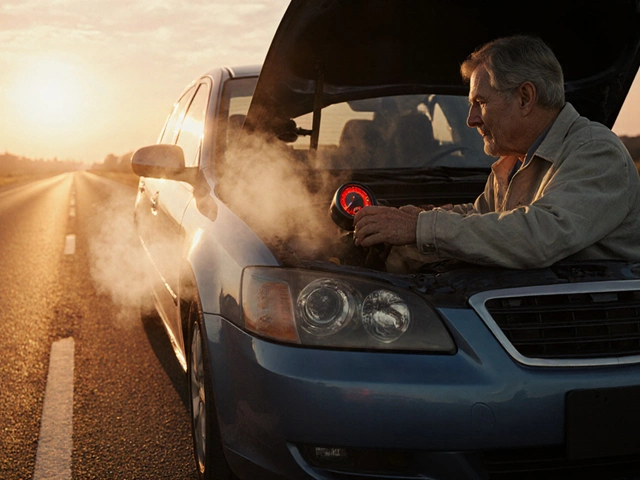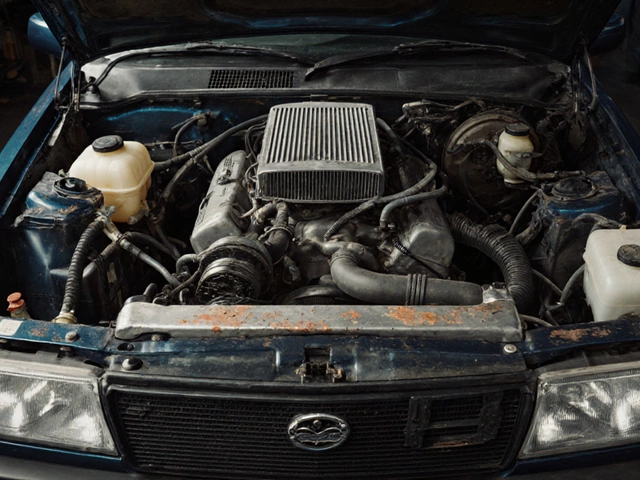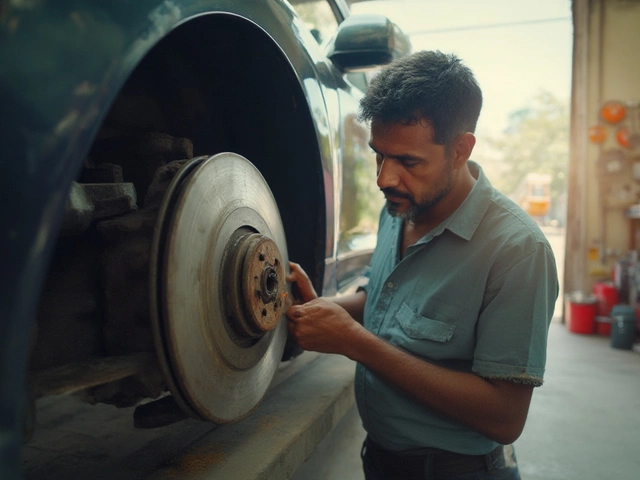Brake Pads: What Every Driver Needs to Know
Brake pads are the part of your car that actually stops it. When they wear thin, you feel a squeal or the pedal goes to the floor. Ignoring the signs can cost you more in repairs later, so it’s worth checking them regularly.
How Much Do Brake Pads Cost in 2025?
In 2025 the price tag for a set of brake pads ranges from $30 for budget brands to $150 for high‑performance ceramic sets. The big jump isn’t just the material; it’s the brand reputation and warranty coverage. If you shop online, you’ll see the cheapest options often lack the wear indicators that help you know when they’re done.
Labor adds another $80‑$120 at most shops, but many mechanics charge a flat brake service fee that includes inspection, caliper cleaning, and hardware replacement. So a full brake job can sit anywhere between $150 and $300 depending on the car and the shop.
DIY vs Professional Brake Pad Replacement
Buying brake pads yourself can save you $50‑$100 if you have the tools and a bit of confidence. The steps are simple: lift the car, remove the wheel, free the caliper, pull the old pads out, push the new ones in, and reassemble. Most DIY guides walk you through torque specs and brake bleed basics.
The risk is missing hidden problems like a warped rotor or a seized caliper. A professional will spot those issues, replace hardware if needed, and properly torque bolts. If you’re new to car work, a quick video or a friend’s help can make the job feel safer.
One practical tip: always replace the brake hardware (clips, pins, and shims) with the new pads. It’s cheap—usually under $20—and it prevents uneven wear. Also, give the rotors a light resurfacing if they’re more than 0.003 inches uneven; otherwise you’ll hear vibration every time you brake.
When you decide to DIY, keep a clean workspace and lay out all bolts before you start. Use a torque wrench to tighten the caliper bolts to the manufacturer’s spec—usually around 30‑45 ft‑lb. After mounting the wheels, pump the brake pedal a few times before you drive off. That pushes the pads back against the rotors and restores proper brake feel.
If you’re unsure about the condition of your rotors, a quick inspection can help. Look for deep grooves, rust spots, or a wobble when you spin the rotor by hand. Any of those signs mean you should replace or machine the rotor, even if the pads are new.
Overall, the decision comes down to confidence and budget. DIY saves money but costs time and a little sweat. A shop gives peace of mind and a warranty on labor, but it adds to the bill. Either way, don’t wait until the squeal turns into a grinding noise—that’s when repair costs spike.
Regularly checking the thickness of your pads (they should be at least 3‑4 mm) and listening for any change in brake feel will keep you safe and keep your wallet happier.
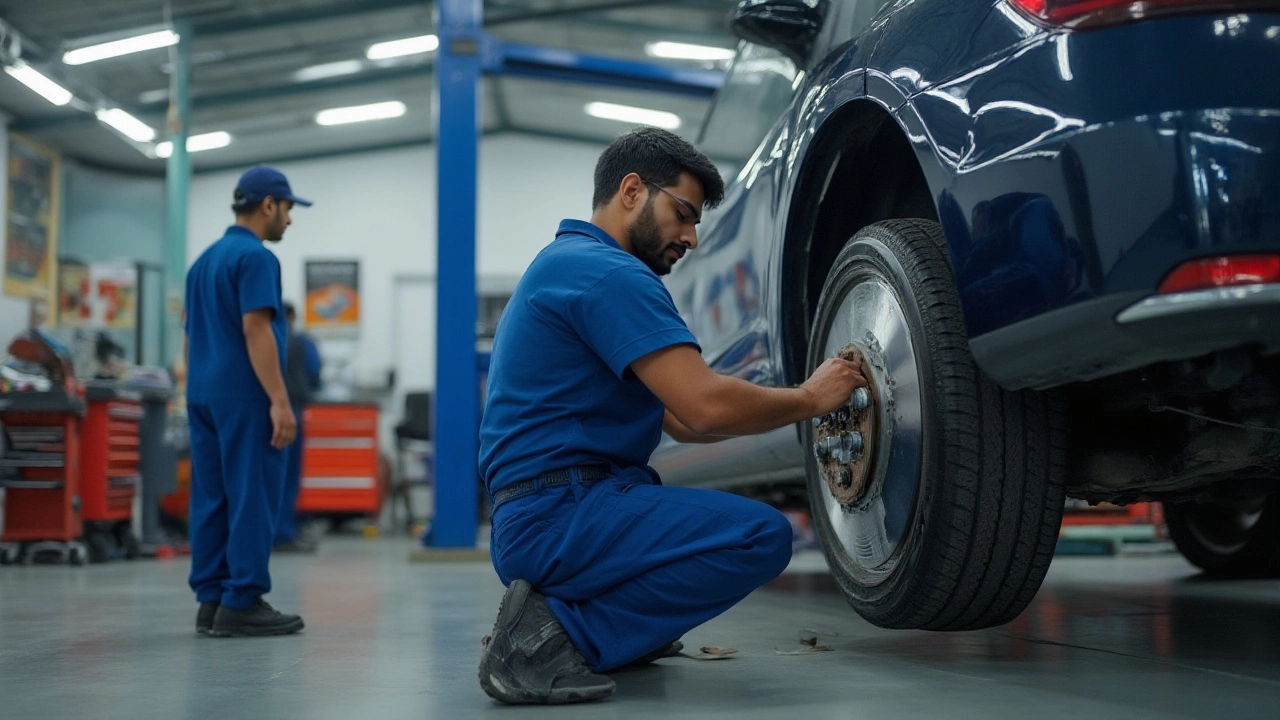
Do I Need New Rotors or Just Brake Pads? How to Tell & What to Do
Not sure if your car needs new rotors or just brake pads? Get the facts on symptoms, lifespan, costs, and expert tips to keep your brakes safe and quiet.
CONTINUE READING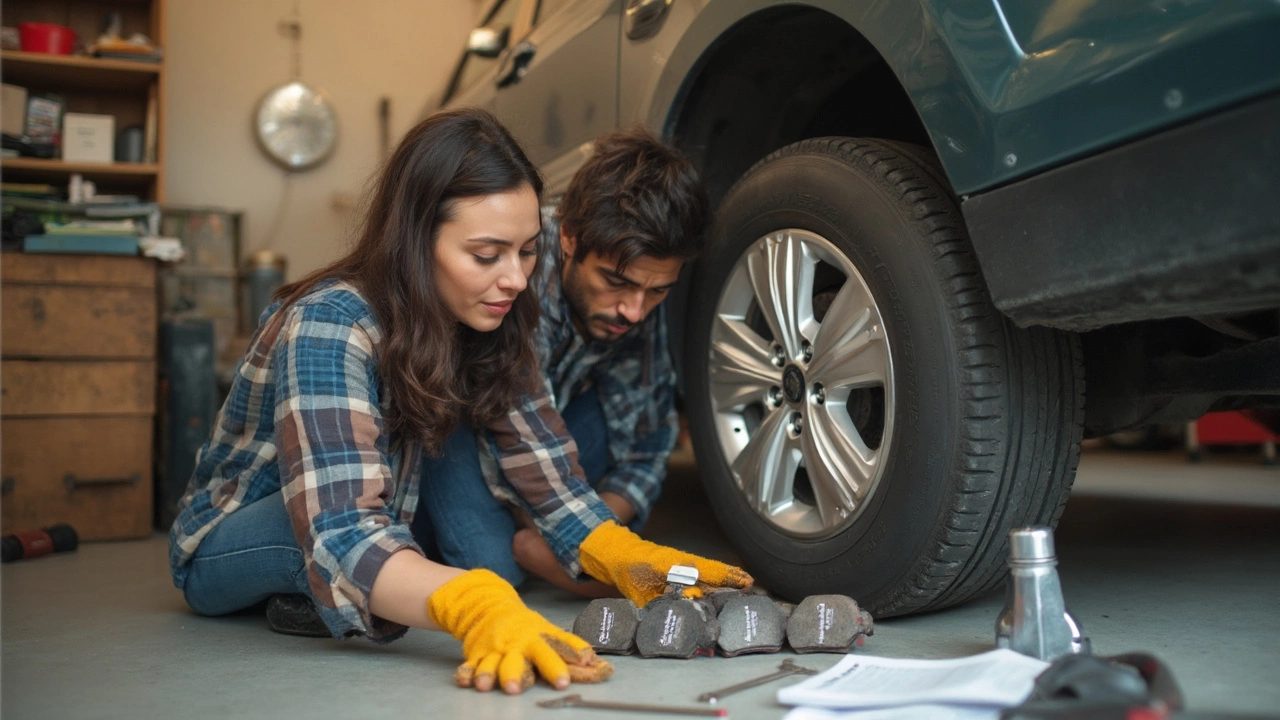
Brake Pads: Is Changing Them an Easy Job?
Thinking of changing your own brake pads? This article breaks down how simple—or tricky—it really is for the average person. I'll explain what tools you need, common mistakes folks make, and whether you should give it a shot or leave it to a mechanic. Useful tips and real-world advice make it easy to decide for yourself. No fluff, just what you need to know to keep your ride safe.
CONTINUE READING
Do You Need to Change All 4 Brake Pads at Once? Your Quick Guide
Wondering if you have to swap out all four brake pads at the same time? This article breaks down how brakes wear, what can happen if you change just two, and when it's truly necessary to do all four. Get clear signs to look for, tips to save money, and what to expect for different types of vehicles. Real advice to help you make a smart choice without wasting cash.
CONTINUE READING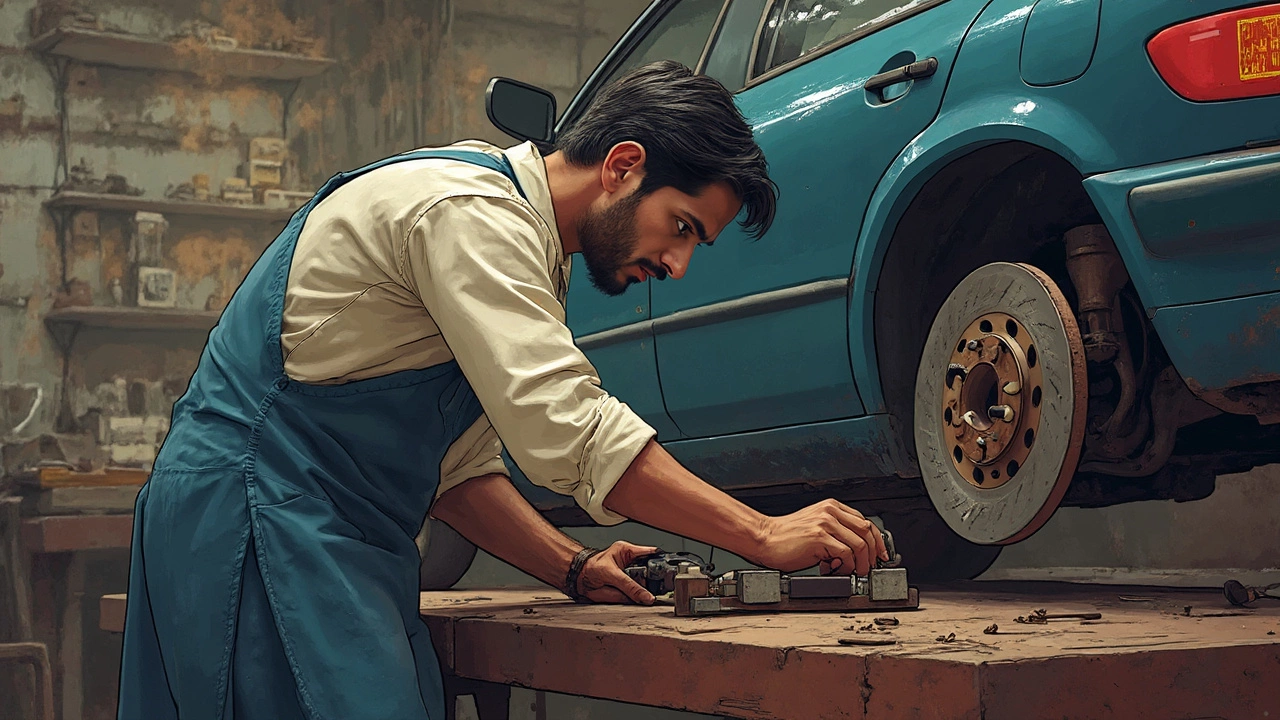
Replace Brake Pads, Skip Rotors: What's the Risk?
Ever wondered if you can just swap out worn brake pads and ignore the rotors? While it sounds like a shortcut, it might not be the safest choice for your vehicle and wallet. We'll uncover what happens when you change only the pads, from potential performance issues to the long-term effects on your car. Discover practical tips on how to recognize when it's time to check those rotors and why sometimes it's best to address them together.
CONTINUE READING
Understanding Brake Pads: Do You Need 4 or 8?
Choosing between 4 or 8 brake pads for your vehicle can seem daunting, but it's crucial for safety and performance. This article explains the function of brake pads, the differences between front and rear brakes, and how to determine the right number for your car. It also provides tips for maintaining brake pads and spotting signs of wear. With this guide, you can make informed decisions and ensure your brakes are in top condition.
CONTINUE READING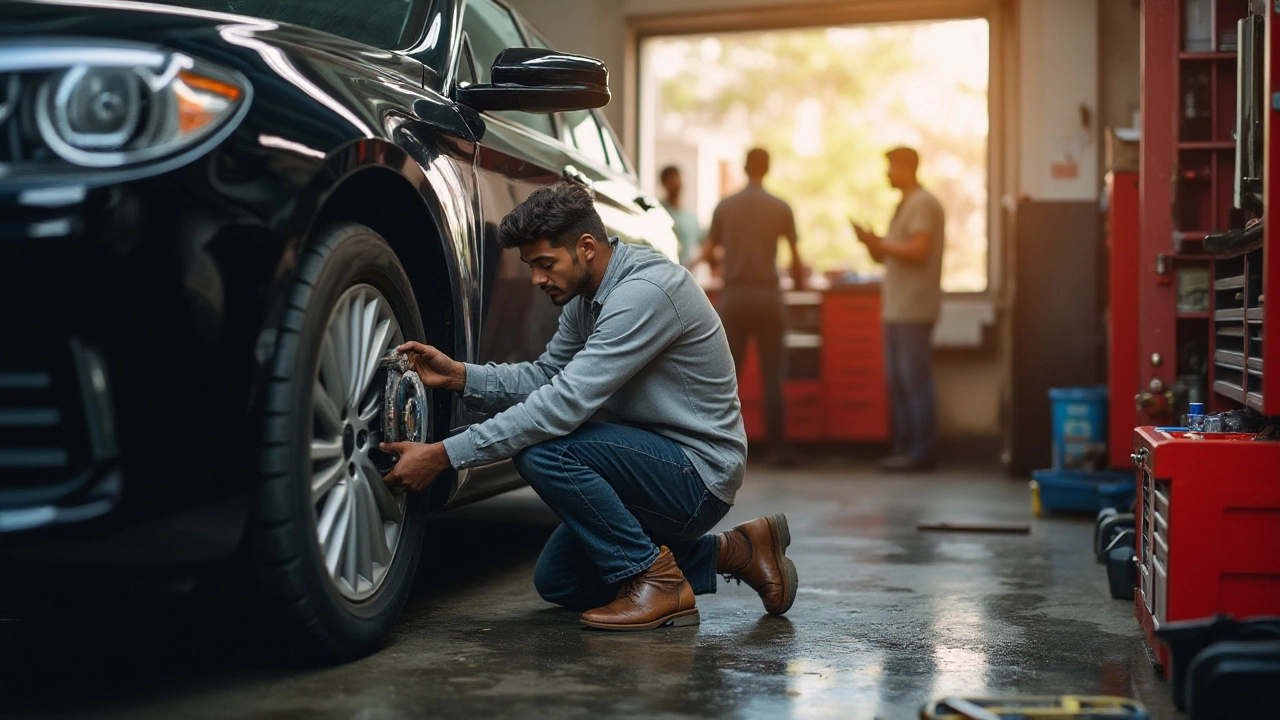
Cost Breakdown: Replacing Brake Pads and Rotors
When it comes to car maintenance, understanding the cost of replacing brake pads and rotors is crucial for every vehicle owner. This article explores the various factors that influence these costs, from parts to labor. Insight is given into what can affect pricing, including vehicle type and location. Tips on how to make informed decisions about your brake maintenance needs are also shared. For anyone looking to keep their car in top condition, this guide offers practical advice and interesting facts.
CONTINUE READING